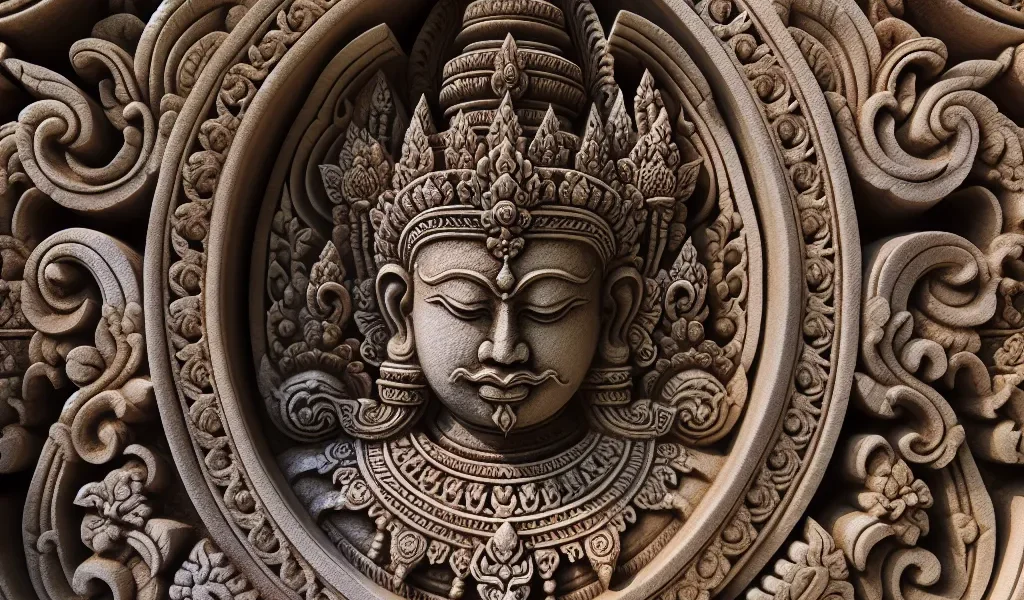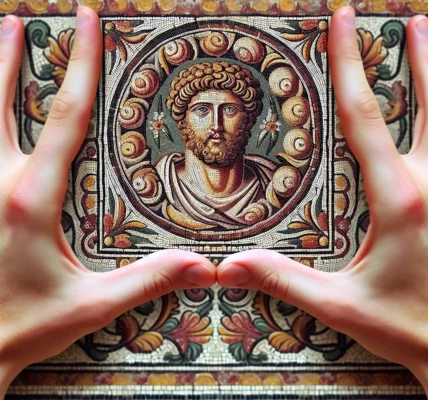The Evolution of Ornamental Design through the Ages
Exploring the history of ornamental design reveals a fascinating evolution of artistic expression through the ages. From ancient civilizations to modern times, ornamental design has reflected the cultural, social, and technological advancements of its time, making it a rich tapestry of human creativity and ingenuity.
The roots of ornamental design can be traced back to the earliest human societies, where primitive forms of decoration were used to adorn everyday objects. As civilizations developed, ornamental motifs became more sophisticated, drawing inspiration from nature, mythology, and religious beliefs. In ancient Egypt, intricate patterns and symbols adorned temples and tombs, serving as a visual language of their cosmology and beliefs. Similarly, the Greeks and Romans incorporated ornamental elements into their architecture, pottery, and jewelry, showcasing the beauty and symmetry of their aesthetic ideals.
During the Middle Ages, ornamental design reached new heights in the form of illuminated manuscripts, stained glass windows, and elaborate tapestries. The intricate intertwining patterns and motifs served not only as decorative elements but also conveyed symbolic meanings, often depicting scenes from religious texts or allegorical stories.
The Renaissance era witnessed a revival of classical ornamental motifs, blending harmonious proportions with intricate details. Ornamental design became an integral part of architectural ornamentation, furniture, and textiles, reflecting the era’s fascination with humanism and the natural world.
As the industrial revolution transformed society, ornamental design adapted to new materials and manufacturing processes, giving rise to elaborate decorative arts and crafts movements. The art nouveau and art deco styles of the 20th century pushed the boundaries of ornamental design, embracing innovative forms and embracing modern technologies and materials.
Today, ornamental design continues to evolve, drawing inspiration from diverse sources such as cultural heritage, global influences, and contemporary aesthetics. The digital age has expanded the possibilities of ornamental design, allowing for new forms of expression and experimentation.
In conclusion, the evolution of ornamental design through the ages reflects the dynamic interplay between tradition and innovation, cultural influences, and artistic expression. From ancient symbols to modern-day digital patterns, ornamental design remains a testament to human creativity and the enduring quest for beauty.
Cultural Influences on Ornamental Design
Ornamental design has been shaped and influenced by various cultural influences throughout history. From ancient civilizations to modern societies, cultural traditions, beliefs, and values have played a significant role in the development of ornamental design. The intricate patterns, motifs, and symbols found in ornamental design often reflect the unique artistic expressions of different cultures.
In ancient Egypt, ornamental design was heavily influenced by religious beliefs and mythology. The use of symbols such as the ankh, the Eye of Horus, and the lotus flower was prevalent in architectural elements, jewelry, and decorative arts. These symbols not only served aesthetic purposes but also carried deep spiritual and cultural meanings for the ancient Egyptians.
Similarly, in Islamic ornamental design, the use of geometric patterns and calligraphic elements reflects the cultural prohibition of figurative representations in religious art. The elaborate and mesmerizing designs found in Islamic architecture, textiles, and ceramics are a testament to the rich cultural heritage of the Islamic world.
During the Renaissance in Europe, ornamental design was greatly influenced by classical antiquity and the revival of interest in ancient Greek and Roman art. This interest led to the incorporation of classical motifs such as acanthus leaves, laurel wreaths, and mythological figures into decorative arts, architecture, and furniture design.
Furthermore, the intricate floral patterns and vibrant colors in traditional Chinese ornamental design are a reflection of the deep-rooted cultural emphasis on harmony, balance, and nature. The symbolism of specific flowers and birds in Chinese art and design speaks to the cultural significance attached to these elements.
As the world continues to globalize, contemporary ornamental design often incorporates a fusion of cultural influences, resulting in eclectic and diverse forms of expression. Whether it’s the vibrant colors of traditional African textiles, the intricate patterns of Native American pottery, or the minimalistic elegance of Scandinavian design, cultural influences continue to shape and enrich ornamental design in the modern era.
From Ancient Symbols to Modern Aesthetics: Tracing Ornamental Design Trends
The history of ornamental design is a rich tapestry of cultural, artistic, and aesthetic influences that have evolved over centuries. From ancient symbols to modern aesthetics, the trends in ornamental design have intertwined with societal, religious, and technological changes. The earliest ornamental designs can be traced back to ancient civilizations such as the Egyptians, who adorned their structures and artifacts with intricate hieroglyphics and symbols. These ornamental motifs were not only decorative but also had deep cultural and religious significance, reflecting the beliefs and values of the society.
As civilizations expanded and interacted, ornamental design trends began to cross-pollinate, leading to the incorporation of motifs and patterns from different cultures. The silk routes, for example, facilitated the exchange of ornamental designs between the East and West, leading to the fusion of geometric patterns, floral motifs, and mythical creatures in decorative arts and architecture.
The industrial revolution and technological advancements further transformed ornamental design, leading to the mass production of decorative elements and the emergence of new materials. This era marked a shift towards intricate ironwork, elaborate wallpaper designs, and the revival of classical motifs in European decorative arts.
Today, ornamental design trends continue to evolve, with contemporary designers drawing inspiration from the past while infusing their creations with modern aesthetics. The digital age has also revolutionized ornamental design, providing artists and designers with new tools and techniques to explore and experiment with intricate patterns, textures, and forms.
In conclusion, the history of ornamental design is a testament to the enduring human fascination with embellishment and beauty. From ancient symbols to modern aesthetics, the evolution of ornamental design trends reflects the ever-changing tapestry of human creativity, culture, and innovation.
Innovations and Techniques in Ornamental Design
The history of ornamental design is a journey through the innovations and techniques that have shaped the visual landscape of art and design. From the intricate patterns of ancient civilizations to the elaborate motifs of the Renaissance, ornamental design has evolved in response to cultural, technological, and artistic influences. One of the key innovations in ornamental design is the development of new techniques and materials that have expanded the possibilities for creating decorative elements.
One significant innovation in ornamental design was the introduction of the printing press in the 15th century, which revolutionized the dissemination of ornamental patterns and motifs. This technological advancement allowed for the mass production of intricate designs, making ornamental elements more accessible to a wider audience. Additionally, the Industrial Revolution brought about the mechanization of production processes, leading to the development of new materials and techniques for creating ornamental objects.
Furthermore, the exploration and trade of different cultures introduced artists and designers to new ornamental techniques and styles. The incorporation of motifs and patterns from foreign lands enriched the ornamental design vocabulary, leading to the creation of eclectic and innovative styles. The Art Nouveau movement, for example, drew inspiration from natural forms and Japanese art to create ornamental designs that were both intricate and organic.
In the modern era, technological advancements continue to drive innovation in ornamental design. Digital tools and computer-aided design have expanded the possibilities for creating and manipulating ornamental patterns. Artists and designers can now explore intricate details and complex geometries with greater precision and efficiency, pushing the boundaries of traditional ornamental design.
In conclusion, the history of ornamental design is a tapestry of innovations and techniques that have continually redefined the possibilities of decorative art. From the ancient world to the digital age, the evolution of ornamental design reflects the dynamic interplay of culture, technology, and creativity.




